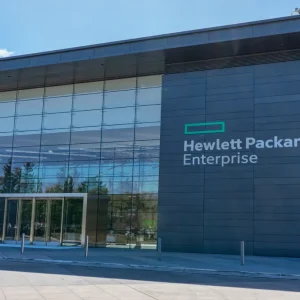
On the face of it, there seems little connection between teams of fifteen generally large, brutally physical men fighting for possession of a mis-shapen ball, and IT teams, where intellectual prowess is a necessity. However, if we look a little deeper, there are distinct parallels. English rugby has five core values: teamwork, respect, enjoyment, discipline, sportsmanship. These values are appropriate for both the rugby field and the IT office. They emphasise the need to work together towards common goals, to succeed and fail together and to respect the needs and talents of every member of the team.
Selecting the best people is as much about values as it is skills
Despite England’s dominance of the Six Nations, only 38% of the current British Lions squad has been selected from the England team. Perhaps the Lions are adopting the same philosophy the All Blacks have successfully used for years: teams are not built on the best rugby players but on the best people. Selection is based as much on players representing the values of the All Blacks as on their ability with the oval ball. As the undisputed best team in the World, this philosophy clearly works.
Selecting teams that are unified and focussed by a shared vision is difficult at the best of times, but executing this when a team has two disparate objectives magnifies the difficulty significantly. Rugby coaches often struggle to balance the philosophies and objectives of the forwards and the backs within their teams. To attain the balance, successful coaches demand that forwards, traditionally the lumbering hulks with a single direction of travel, now become agile, fast and deft handlers of the ball. Backs, who used to rely on the forwards for the strength and weight required to carry the ball have now become more capable of crashing through the opposition themselves.
Just as rugby coaches strive to align the forwards and the backs within their own teams, so IT must unify the often divergent motivations of Developers and Operations. The overriding advantage of bringing these two functions together is to enable speed of delivery of new ideas, new functionality and new technology. Delivering at greater velocity allows a more rapid realisation of benefits or an equally rapid understanding of mistakes.

Increasing velocity and delivering new ideas more rapidly is at the heart of the digital transformation revolution. It allows the creation of new solutions, to address new markets, to create new products. And, yes, to fail far more quickly than the more traditional, long-term waterfall approach to projects. Much of this velocity is borne of combining Development and Operations teams together to create a seamless environment where ideas move from conception and into delivery quickly. This is known as DevOps.
The idea to unify the Development and Operations teams into a single coherent function emerged eight years ago and has become a mainstream approach in the last few years. Many established organisations have struggled to make the change from the more traditional siloed approach where Developers and Operations were arch enemies to this more agile, unified approach. Drawing these two culturally diverse groups together, setting unified goals, instilling the need for cross-skilling and establishing deep respect between the groups is a huge challenge. Unfortunately, as with many IT projects, too often the solution has been to throw technology at the problem.
While technology is an enabler, cultural change within an organisation is essential to make it work. The level of behavioural change required to successfully attain a DevOps culture is potentially the biggest challenge faced by IT organisations this millennium.
Change goes beyond the IT team
It is not only IT that must change. The business itself must also change and accept that IT will work differently. IT must be permitted to sometimes fail in their attempts to deliver greater and more innovative solutions. A bigger picture view is required.
In the same way that the All Blacks select the best people rather than the best rugby players, so must organisations examine their IT function and determine which people meet the philosophy and values of the organisation. Too often job descriptions for IT staff are crammed with technical requirements with a single line at the end referencing ‘teamwork’. These descriptions need to change. They need to carefully detail the people profiles required. Technical skills can be taught. Culture is something that needs to be embraced.
IT must begin to focus on cultural development and change. As technology emerges as a leading asset in many businesses, IT must step up and become part of the business change, but to do this it must re-prioritise. The new requirements for IT are people, process and technology. In that order. Always.






